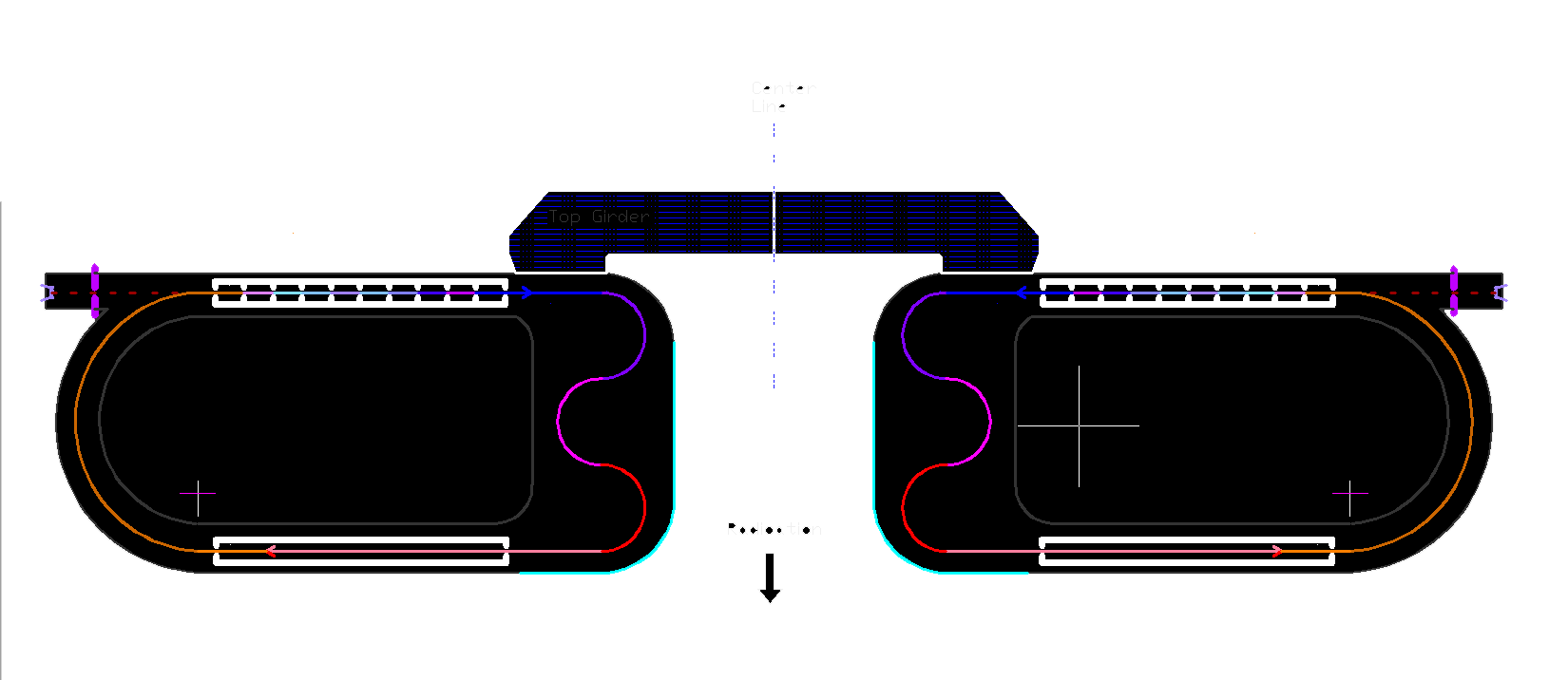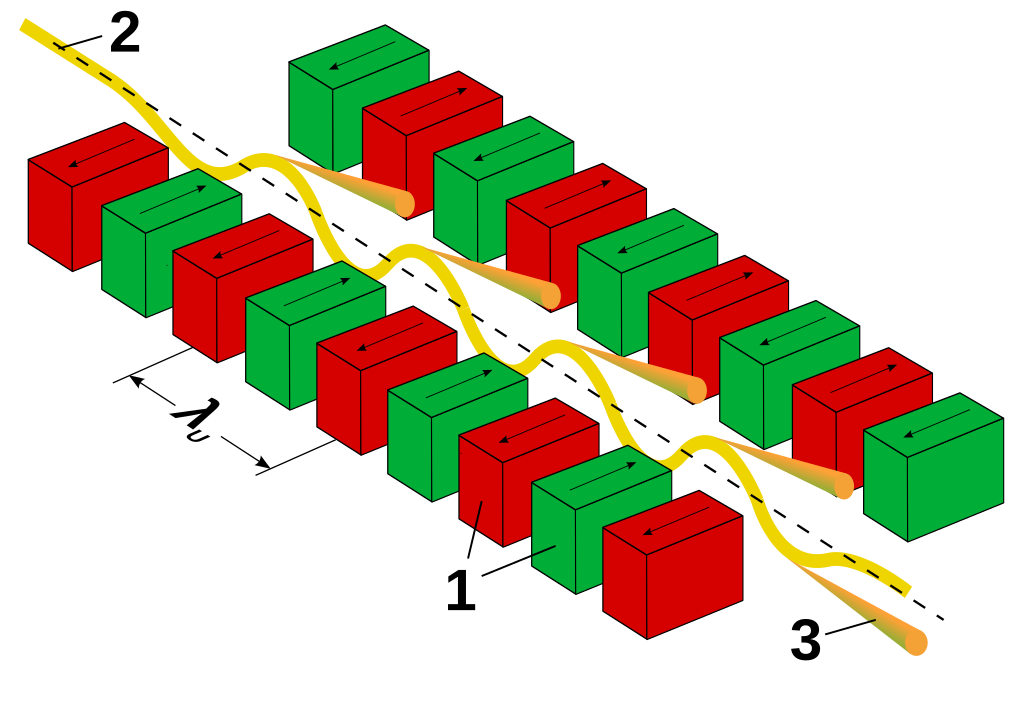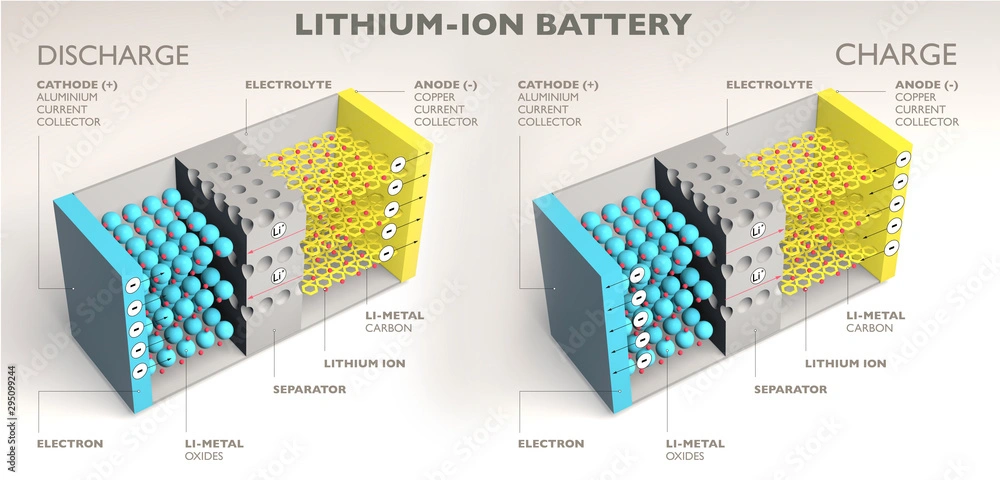Build the Engine
◉ Create Physical Engine body housing the vacuum Electron Runway

Electron runway
◉ Generating a Powerful Electron Beam
A strong electron beam, a highly focused stream of electrons accelerated to significant energy, is a cornerstone of numerous advanced technologies, from industrial welding and 3D printing to cutting-edge scientific research and medical sterilization. The generation of such a beam hinges on fundamental principles of physics and sophisticated engineering, primarily centered around the electron gun and its associated systems. The "strength" of an electron beam is typically defined by its power, which is a function of both the number of electrons (current) and their kinetic energy (voltage).
The Heart of the Matter: The Electron Gun
The primary component responsible for creating an electron beam is the electron gun. In its most common configuration, the triode-type thermionic gun, three key elements work in concert within a high-vacuum environment to produce a controlled and powerful beam:
The Cathode: This is the source of the electrons. Typically a filament made of a material with a high melting point and good electron emission properties, such as tungsten or lanthanum hexaboride (LaB6), is heated to a high temperature (over 2500°C for tungsten). This process, known as thermionic emission, causes the material to release a cloud of free electrons. For even higher beam currents, plasma-based electron sources are also employed.
The Wehnelt Cylinder (or Grid): This cup-shaped electrode surrounds the cathode and has a small aperture through which the electrons pass. A negative bias voltage is applied to the Wehnelt cylinder relative to the cathode. This negative field serves two crucial purposes: it controls the number of electrons that can escape the cathode region, thus regulating the beam current, and it provides an initial electrostatic focusing effect, shaping the electrons into a converging beam.
The Anode: Positioned after the Wehnelt cylinder, the anode is a positively charged electrode that creates a strong electric field. This field accelerates the electrons that pass through the Wehnelt aperture to very high velocities. The potential difference between the cathode and the anode, known as the accelerating voltage, determines the final kinetic energy of the electrons in the beam. For strong beams, this voltage can range from tens of kilovolts (kV) to several megavolts (MV). The anode has a central hole that allows the accelerated electron beam to pass through and continue down the beam column.
◉ Generating the magnetic field to make beam swagger.
Synchrotron radiation from an undulator

◉ Large volume Lithium-ion Batteries as electric power supply
Lithium-ion Batteries:
Offer high energy density, long cycle life, and fast charging/discharging capabilities, making them suitable for space engine usage.
